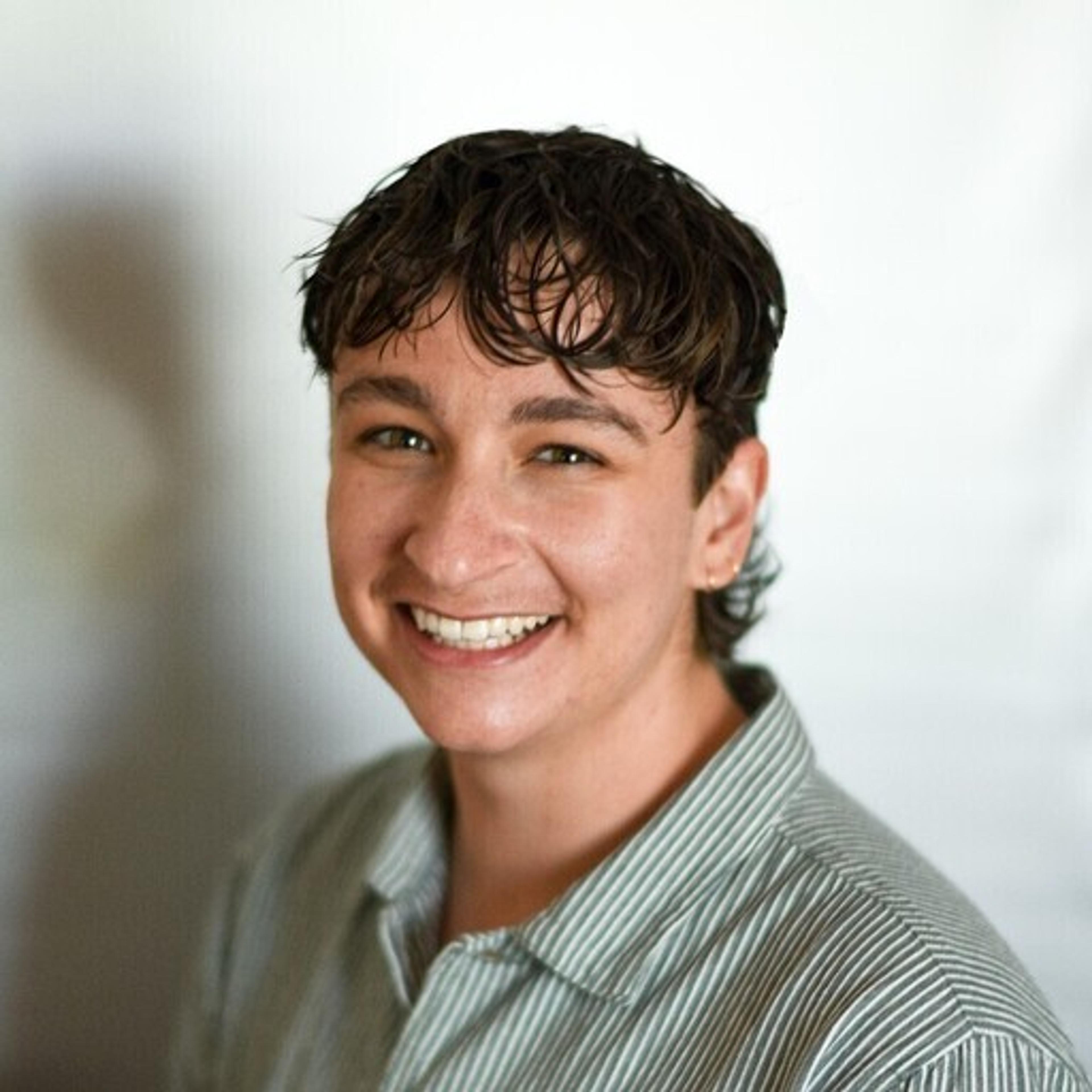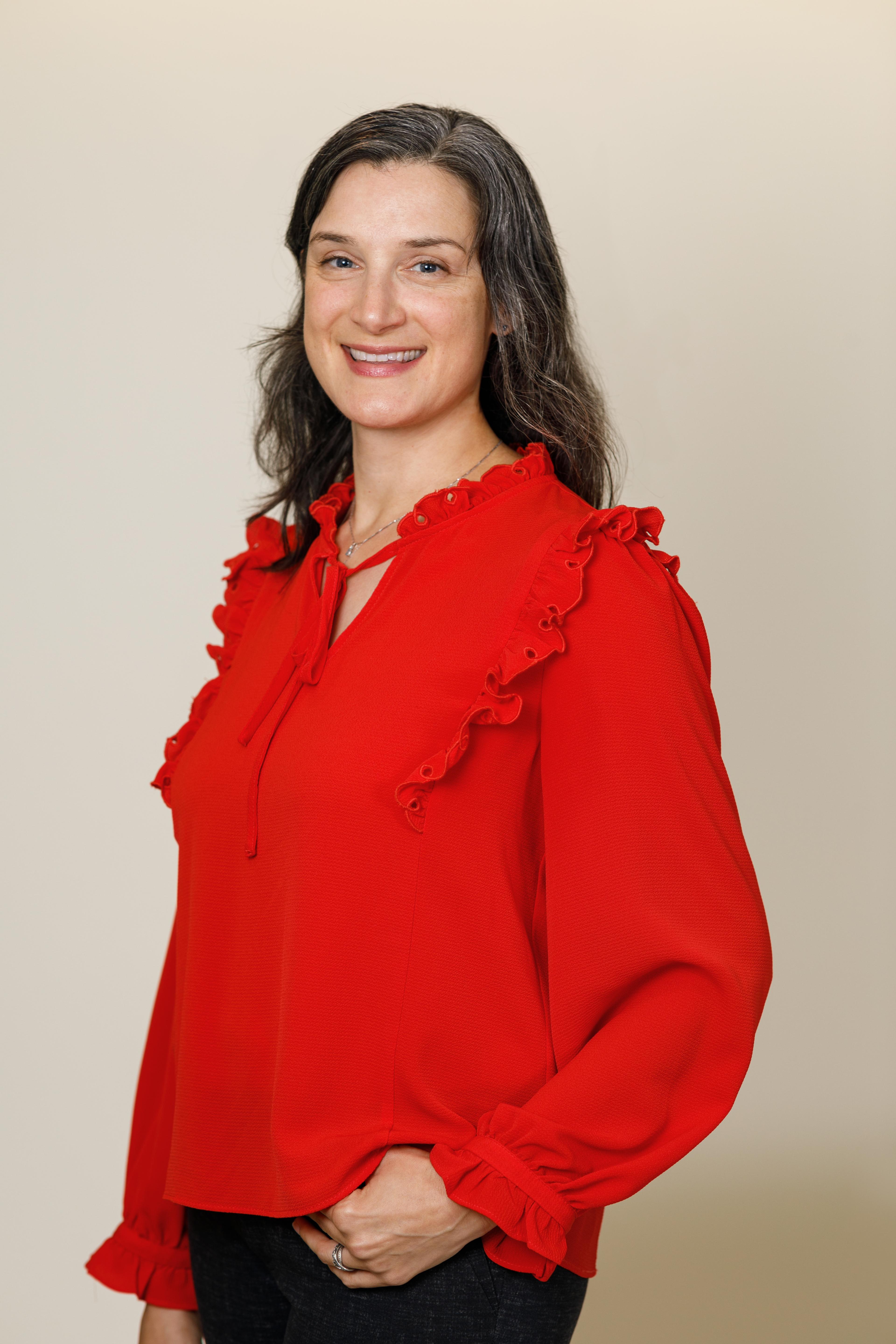


While eating disorders often affect adolescents, teens, and young adults, the reality is, eating disorders don’t disappear after a certain age. If you’re an adult wondering, “do I have an eating disorder?” you aren’t alone. And the truth is: adults get eating disorders, too. An adult with an eating disorder typically falls into one of three categories: those who are still suffering from an eating disorder that began in adolescence, those who previously had an eating disorder and experienced a relapse in adulthood, and those who developed an eating disorder for the first time as an adult.
Below we’ll provide a fundamental guide to everything you need to know about what eating disorders in adults look like, how they develop, and what to do if you’re concerned.
Types of eating disorders
While bulimia and anorexia are perhaps the most well-known eating disorders, they actually aren’t the most common. Let’s briefly review the different types of eating disorders:
- Bulimia: is an eating disorder where someone eats a large amount of food uncontrollably and then engages in “purging” behaviors in an attempt to get rid of it. These behaviors include vomiting, misuse of laxatives, and compulsive exercise. Studies show around 5 million women and 1.6 million men will develop bulimia in their lifetime.
- Binge eating disorder (BED): is an eating disorder where people eat a large amount of food in a short period of time accompanied by a feeling of being out of control, a behavior known as “bingeing.” Unlike bulimia, bingeing is not followed by “purging” behaviors. Binge eating disorder is the most common eating disorder in the U.S, with approximately 11.7 million women and 6.6 million men experiencing BED during their lifetime.
- Anorexia: is an eating disorder characterized by severe food restriction and an intense fear of weight gain. It affects an estimated 3 million women and 1 million men. Someone with anorexia doesn’t necessarily appear visibly underweight. When someone meets all diagnostic criteria for anorexia except for being underweight, it’s referred to as atypical anorexia.
- Avoidant restrictive food intake disorder (ARFID): is an eating disorder in which a person struggles to eat certain foods, enough foods, or both, due to sensory sensitivities, lack of interest, or various fears around eating. Unlike many other eating disorders, someone with ARFID is not motivated by body image distress or a desire to lose weight. While the prevalence of ARFID isn’t widely-agreed upon, population surveys estimate as much as 6.6 million adults develop ARFID. Learn more about what causes ARFID in adults.
- Other specified feeding and eating disorder (OSFED): is a more general diagnosis used to describe other eating disorders that don’t meet the criteria of those described above. That said, it can be just as serious. One study found that about 12 million females and 5.3 million males experience OSFED.
Common eating disorders and co-occurring conditions in adults
Binge eating disorder is the most common eating disorder among those 18+, bulimia is the second most common for adults, and anorexia is the third. There’s also some evidence that anorexia is particularly life-threatening for older adults.
Many adults develop eating disorders alongside other co-occurring diagnoses, including anxiety, mood disorders, impulse control, and substance use disorders.
How to know if you have an eating disorder
Many adults struggle to recognize that they’re dealing with an eating disorder, especially in a society where diet culture reigns supreme and weight loss pressures are rampant. Stacy Jones, a peer mentor at Equip, encountered this in her own journey of experiencing an eating disorder as an adult. “I didn't know it was an eating disorder and didn’t have the language to identify it,” she says. “I just thought something was wrong with me and I needed to have more willpower around food.”
It was a psych 101 class that helped Jones recognize how her eating disorder was hiding behind certain behaviors. She says, “I started to reflect on how I was engaging with food and exercise and realized that the restriction, ‘clean’ eating, and obsessive exercise wasn't actually a positive,” she says. “It was reinforcing a toxic belief system and contributing to my binges.”
Eating disorder symptoms in adults
“When it comes to eating disorders in adulthood, they can take a big toll on your social life, romantic life, work life, physical health, and more,” says Amaya Evans, a peer mentor at Equip.
So how do you know if you have an eating disorder? According to Director of Adult Programs at Equip Lara Effland, LICSW, there are some common characteristics that clinicians look for when diagnosing eating disorders in adults:
Behavioral signs
- Extreme concern with body size and shape
- Strong discomfort eating around others
- Behaviors and attitudes that indicate that weight loss, dieting, and control of food are becoming primary concerns
- Frequent body checking
- Skipping meals or taking smaller portions of food at regular meals
- Newfound interest in food-related activities (watching Food Network, cooking/baking), but not in eating
- Any new practices with food or fad diets, including cutting out entire food groups (no sugar, no carbs, no dairy, vegetarianism or veganism) or trying restrictive eating approaches like intermittent fasting
Physical signs
- Noticeable fluctuations in weight, both up and down
- Stomach cramps, other non-specific gastrointestinal complaints (constipation, acid reflux, etc.)
- Menstrual irregularities (missing periods or only having a period while on hormonal contraceptives)
- Feeling cold all the time
- Difficulty sleeping
- Dental problems, such as enamel erosion, cavities, and tooth sensitivity
- Dry skin and hair, and brittle nails
Questions to ask yourself if you’re worried
Jones emphasizes that some signs of an eating disorder can seem ordinary at first, especially in our society. “Symptoms are often masked by ‘healthy behaviors,'” she says. “It’s normalized to eat less than we actually need and to have a tense relationship to food. But just because it’s normalized, doesn't mean it's normal or healthy.”
Jones recommends asking yourself these questions to help you identify harmful patterns:
- Do you have rules for what foods you can and can’t have, or when you can have it?
- Do you have constant food-related thoughts or stress each time you have to eat?
- Do you have no interest in food, and because of that you don't eat often?
- Do you exercise as a way to make up for eating food or to make sure you can have a planned meal?
- Do you feel out of control around food and the more you try to "get back on track" the harder it feels?
- Do you often turn to food habits (restriction or eating uncomfortable amounts) to cope with tough emotions?
Often the answers to these questions will lead to even more questions, and that’s okay. If you’re wondering how to know if you have an eating disorder, answering that question isn’t always a straightforward journey. Understanding the biopsychosocial factors at play can help reduce confusion or shame.
What causes eating disorders in adults
Effland stresses that there’s typically more than one reason someone develops an eating disorder. “While specific risk factors can vary, it’s often the interaction of biological vulnerabilities, psychological traits, and social or environmental influences,” she says.
Biologically, there’s strong evidence to suggest eating disorders are partially hereditary, and that brain chemistry may play a role. Effland points to various psychological vulnerabilities, including low self-esteem, perfectionism, and body dissatisfaction. She says that environmental factors like cultural pressure for thinness, a history of trauma or bullying, or social isolation can also play a big role.
Unique challenges in middle to late adulthood can add additional stress and trigger an eating disorder, especially if someone is predisposed. This can explain why some adults relapse or develop an eating disorder for the first time later in their life. Some of these adult-specific challenges include divorce, loss, parenting stress, health issues, anti-aging advertising, and retirement. Hormonal changes, especially during pregnancy and menopause, are also risk factors for adults.
Understanding the causes of an eating disorder can be empowering for some, but if there’s not a clear root, that’s okay too. You don’t need to know what caused an eating disorder in order to recover.
How to get help for an eating disorder
Unfortunately, eating disorders often go under- or misdiagnosed: only 23% of Americans with an eating disorder get treatment. As Effland puts it: “Due to diet culture, thin-obsessed societal expectations, and a lack of education, even trained professionals can miss the warning signs of an eating disorder.” This can be particularly true for adults, since so many people wrongly associate eating disorders with only younger populations.
When looking for support, seek out solutions that are validating and trust your gut. If you’re worried that you might be struggling with an eating disorder, here are some helpful steps:
Do some research
You're here reading this article, and that’s already something to be proud of. Doing more reading on the Equip blog, Project HEAL, or other reputable sources can help you better understand how to know if you have an eating disorder. This will arm you with more accurate information and also help you push back against the pervasive myths about eating disorders.
Reach out to a loved one
Sharing your concerns with someone you trust, or in a support group, can help this experience feel less isolating. As Evans so beautifully puts it, “asking for support has no age limit. If you think you might be struggling with an eating disorder, open up to a friend or a loved one. Even though they might not understand exactly what you are going through, they can still be supportive.”
Seek treatment that works for you
Experts agree on this truth: eating disorders are treatable with evidence-based treatment. Finding treatment that works for your needs is key. “Do your research. It’s not always a viable option to take off work or leave family behind to go away to treatment, so finding outpatient providers or seeking virtual care could be a great option,” Evans advises. At Equip, treatment is fully virtual but as intensive as you need it to be: each patient is matched with a dedicated, multidisciplinary care team who tailor treatment to your specific needs and empower you to recover at home, without uprooting your life.
Trust your instincts
“That part of you that feels like you might have an eating disorder, follow that part,” says Jones. “Give yourself the chance to shift your relationship to food and your body. Even if it’s not an eating disorder, the part of you that’s questioning is telling you that something isn’t okay.”
It’s never too early (or late) to seek support. Eating disorders affect people across race, gender, and age—and that includes people in their 40s, 50s, 60s, 70s, and beyond. It’s not always clear how to know if you have an eating disorder, but understanding what an eating disorder looks like is a vital first step. Reaching out for help is a worthy next one. In Jones’ words, “It can feel uncomfortable, but when you get support, you are giving yourself the chance at a life that is more full and nourishing.”
If you’re an adult concerned you may be struggling with an eating disorder, it’s important to get help promptly. Talk with a trusted medical provider or schedule a free consultation to learn more about eating disorder treatment at Equip.
- “Anosognosia.” NAMI. Accessed September 7, 2023. https://www.nami.org/About-Mental-Illness/Common-with-Mental-Illness/Anosognosia.
- Asch, David A., John Buresh, et al. “Trends in US Patients Receiving Care for Eating Disorders and Other Common Behavioral Health Conditions before and during the COVID-19 Pandemic.” JAMA Network Open 4, no. 11 (2021). https://doi.org/10.1001/jamanetworkopen.2021.34913.
- “Eating Disorders.” National Institute of Mental Health. Accessed September 5, 2023. https://www.nimh.nih.gov/health/statistics/eating-disorders.
- Hart, Laura M., M. Teresa Granillo, Anthony F. Jorm, and Susan J. Paxton. “Unmet Need for Treatment in the Eating Disorders: A Systematic Review of Eating Disorder Specific Treatment Seeking among Community Cases.” Clinical Psychology Review 31, no. 5 (2011): 727–35. https://doi.org/10.1016/j.cpr.2011.03.004.
- Hay, Phillipa, Deborah Mitchison, et al. "Burden and health-related quality of life of eating disorders, including Avoidant/Restrictive Food Intake Disorder (ARFID), in the Australian population." Journal of eating disorders 5, no. 1 (2017): 1-10.
- Hewitt, P. L., S. Coren, and G. D. Steel. “Death from Anorexia Nervosa: Age Span and Sex Differences.” Aging & Mental Health 5, no. 1 (2001): 41–46. https://doi.org/10.1080/13607860020020636.
- Hilbert, Anja, Markus Zenger, et al. "Psychometric evaluation of the Eating Disorders in Youth‐Questionnaire when used in adults: Prevalence estimates for symptoms of avoidant/restrictive food intake disorder and population norms." International Journal of Eating Disorders 54, no. 3 (2021): 399-408.
- Hudson, James I., Eva Hiripi, et al. “The Prevalence and Correlates of Eating Disorders in the National Comorbidity Survey Replication.” Biological Psychiatry 61, no. 3 (2007): 348–58. https://doi.org/10.1016/j.biopsych.2006.03.040.
- Jimerson, David C. “Low Serotonin and Dopamine Metabolite Concentrations in Cerebrospinal Fluid from Bulimic Patients with Frequent Binge Episodes.” Archives of General Psychiatry 49, no. 2 (1992): 132. https://doi.org/10.1001/archpsyc.1992.01820020052007.
- Kornstein, Susan G., Jelena L. Kunovac, Barry K. Herman, and Larry Culpepper. “Recognizing Binge-Eating Disorder in the Clinical Setting.” The Primary Care Companion For CNS Disorders, 2016. https://doi.org/10.4088/pcc.15r01905.
- Sader, Michelle, Holly A. Harris, et al. “Prevalence and Characterization of Avoidant Restrictive Food Intake Disorder in a Pediatric Population.” JAACAP Open 1, no. 2 (2023): 116–27. https://doi.org/10.1016/j.jaacop.2023.05.001.
- “Social and Economic Cost of Eating Disorders in the US.” Deloitte. Accessed September 5, 2023. https://www.deloitte.com/au/en/services/economics/perspectives/social-economic-cost-eating-disorders-united-states.html.
- Thornton, Laura M., Suzanne E. Mazzeo, et al. “The Heritability of Eating Disorders: Methods and Current Findings.” Behavioral Neurobiology of Eating Disorders, 2010, 141–56. https://doi.org/10.1007/7854_2010_91.







